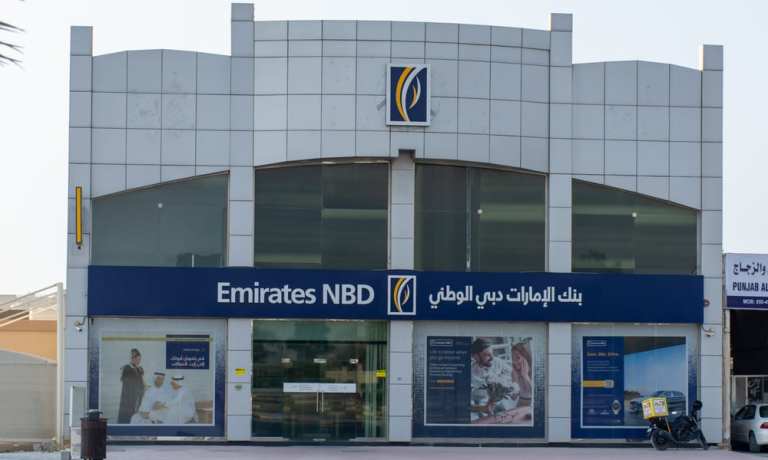
Intimidated by the scale and cost of a massive technological overhaul, large financial institutions (FIs) may approach their digital transformation (DX) journeys gradually, targeting various areas of operations to modernize one-by-one.
While this strategy can yield results, it can also create silos, hampering a bank’s ability to achieve one of the most vital goals of DX: seamless integration of operations that boost efficiency and improve the end-user experience.
Miguel Rio Tinto, CIO at Emirates National Bank Dubai (Emirates NBD), offered another approach to DX: a ground-up, far-reaching overhaul that not only includes technological improvements, but requires a significant shift in mindset as to how a bank is actually viewed.
“Banks are technology companies,” Rio Tinto recently told PYMNTS. “They need to move in that direction.”
Once that mindset is established, a bank can then lay out its modernization roadmap. For Emirates NBD, a $400 million DX journey that began nearly four years ago has resulted in more than 100 initiatives based on optimizing its operational models, internal architecture, cloud usage and security.
Modernizing Corporate Payments
Corporate clients are increasingly driving FIs’ modernization efforts, with small and medium-sized businesses (SMBs) demanding mobile banking services, and larger corporates seeking bank tools that can seamlessly integrate with their own back-office platforms.
Businesses were a key driver of Emirates NBD’s Enterprise Payments Hub, one of the bank’s 100-plus digitization initiatives.
The hub consolidates and streamlines Emirates NBD’s once-separate payment services onto a unified platform, enabling the bank to seamlessly process domestic and cross-border transactions across geographies, payment schemes and currencies. For corporate end-users, this means no longer having to preemptively advise the bank on how to segment their payment files based on where transactions need to go or how the corporate wants them to be made.
“The customer shouldn’t have to think about that,” said Rio Tinto. “The customer should just send the payment without having to think about how to route it. This is all about decoupling, integrating with schemes and protocols in different countries.”
It was an effort that Rio Tinto noted similarly required an adjustment to how banks approach their payments operation, which he said are often modernized in a very siloed, vertical fashion. FIs will traditionally integrate individual payment channels into their operations with each scheme and service separate from each other.
“The old model of vertically integrating every channel to every scheme is not possible,” he explained, adding that banks must begin viewing their payment services as a product to embrace integrated functionality.
The value proposition for corporate clients is clear, but it’s not only the customers that benefit. According to Rio Tinto, greater efficiency means capturing a greater share of payments volume in the market, allowing Emirates NBD to increase revenues through foreign exchange, trade finance and supply chain finance services that can similarly gain operational efficiencies as a result of the holistic, integrated payments platform.
Preparing For The Future
Rethinking payments is just one component of banks’ DX processes. While it may seem overwhelming to buck the status quo, Rio Tinto emphasized that FIs must evolve into agile, technology-centric entities and establish a new vantage point into their operations in order to remain competitive — and they must do it quickly.
“The old ways of working were not enough,” he said. “You have to develop much faster, integrate much faster, release much faster. The old ways of working on large projects, moving into development and then testing with long cycles — that’s not enough.”
For many FIs that have lagged in their DX efforts, the current market climate is a rude awakening to the importance of modernization. Rio Tinto said Emirates NBD currently has thousands of employees working from home across its markets in the region, although operations are minimally disrupted as a result of internal integrations, architectural efficiencies, and an embrace of the cloud, allowing personnel to continue managing operations remotely.
But when the market returns to stability, FIs will still face pressure from their competitors and their own clients, including consumers, SMBs and corporates, to jump into the digital age. According to Rio Tinto, even if a bank takes a step-by-step approach to digitization, it must maintain a high-level view of what it means to operate as a modern-day bank, with this viewpoint key to guiding its digitization strategies.
“There’s no way around it; the bank is a technology company,” he said. “Comparing yourself to the best doesn’t mean looking at other banks. It’s about looking at the cloud-natives.”